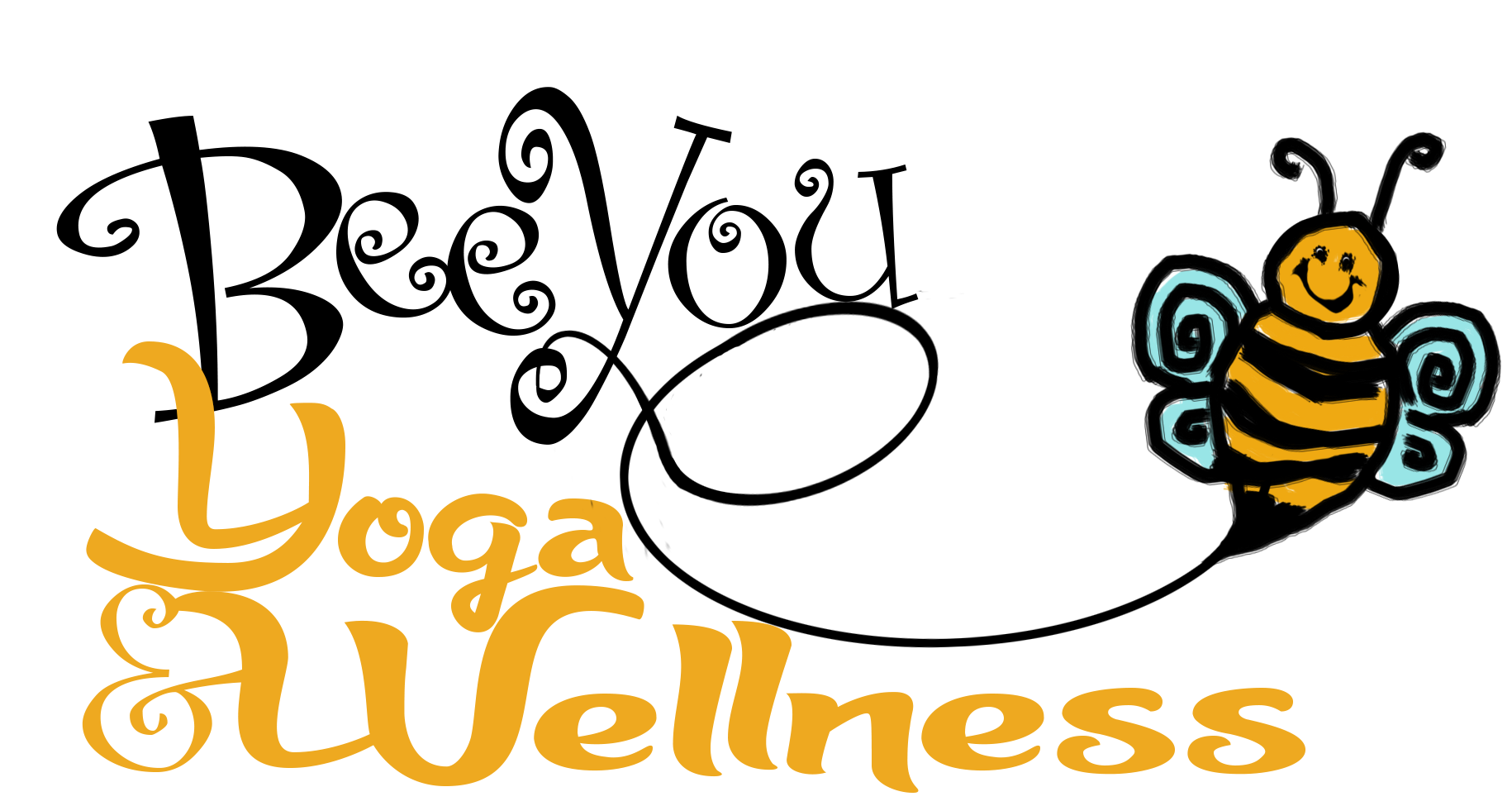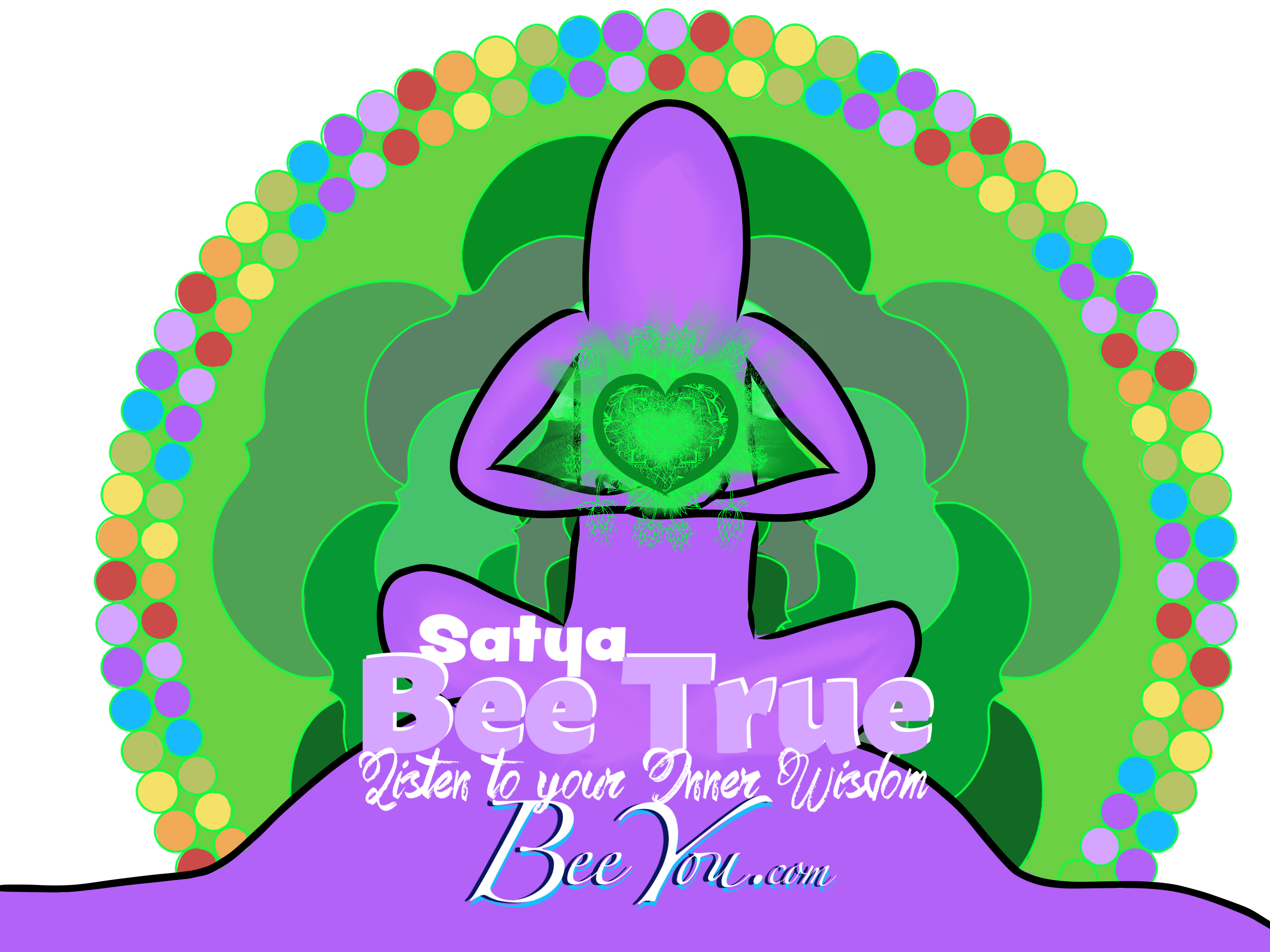The teachings of yoga have ethical principles that help guide us to a more comfortable way of living. Ethical principles need not be strict rules by which we judge the actions of others or something that divides us into “good” vs. “evil”. This guide provides a helpful method to break up the human experience and set us on a path that will provide more comfort in our everyday lives.
I often re-read these teachings, over and over, and seek out other people’s interpretations. I find that revisiting these teachings often highlights new ways I can incorporate them into my day to day life as I change. The following are some of the ways I have found to work for me.
The teachings are broken up into 2 parts, Niyama: how to treat ourselves and Yama: how to treat others. Each has 5 parts. The texts are written in an ancient language and have been through many translations into other languages and modern interpretations. It helps to open our minds to the more general message and how it might fit into our own modern life rather than trying to squeeze ourselves into someone else’s version of perfection or rules. The ancient language in which these texts were written is far more based on sound and vibration, more poetic than current language. Each word has many translations and many do not easily translate into current languages. It can be helpful to not get too caught up in the cognitive desperation for being exact and allow a more overall and deeper sense of the message to be absorbed. Listen with your innermost self and not so much your thinking mind. “Take what you need and leave the rest” but also invite the idea that at some other point in your life there may be new nuggets of wisdom that pop out that you may not have seen before. Look with fresh eyes and an open heart.
Yama: Do unto others
“सत् sat — true, pure, virtue, unchangeable, absolute, that which is, supreme consciousness
य -ya — coming from, as a result of
What is revealed etymologically is that Satya is more than a dualistic examination of something as merely true or false. Satya is the state of being that arises when we operate from our highest (pure) consciousness.”
There is deep inner wisdom within each of us. It is the part of us that that resonates with a sunset or a particular song or poem. The part of us that sends us to a yoga class or to church. The part of us that longs for deep connection and the part of us that guides us in the direction that just feels “right”. It is often the feeling that is very hard to place into words, unable to be completely understood by the thinking mind. When we act in a way that is not in line without inner self we know it on a very deep level. It disturbs our feelings and our thoughts, often we run through an experience over and over in our mind trying to figure out how we could have behaved differently.
As we do not exist as separate parts but as a whole unit each part deeply affected by all the other parts, the inner truth knows and sees the harm we do to others and ourselves. It knows when we are not being authentic, particularly if we are pretending to live a “good life” without it coming from our innermost self. It sends us disruptions in the other layers to help guide us back to authenticity. In yoga we practice learning to get to know the parts of ourselves. The more we practice the more easily it becomes to recognize what part of us is guiding our behavior.
Beware of the ego disguising itself as the inner wisdom. Sometimes our inner truth can be buried deep under the hurts and experience in our lives and our ego, pretending to be our inner wisdom, tells us stories of protection. Sometimes we might think we are hearing our intuition when in fact we are responding to patterns and fears from our past experience. The ego fights to protect the sense of self. The following story is an example: Friend A started behaving very strangely towards Friend B out of the blue. At some point, she mentioned that her intuition was “on fire lately and had been warning her in all the right ways”. However, the things she suspected Friend B of doing simply had not happened. Friend B felt unconditional love towards Friend A and had no intention of causing harm. What actually happened in this situation was that Friend A, unfamiliar with unconditional love and viewing life through her own past hurts, had begun to have her ego telling her stories to protect her from possible future harm. Mistakenly hearing this voice as her intuition, the friend then took steps to end the friendship in turn created the harm that her ego voice was warning of.
Notice the ego and its tendency to over-identify with fleeting thoughts/emotions. We come to the mat in yoga to learn about all of the parts of ourselves. Often it is taught that we must abolish the ego to become a “better person”. However, getting on the mat is a wonderful opportunity to explore the ego. When we get to know the ego we can begin to accept its existence without it being the “star of the show and controller of our actions”. For example, consider this inner dialogue “Wow, my balance is really off today…I can’t hold half-moon…why can’t I hold half-moon?…I always hold this pose…it’s probably because I missed class yesterday…I should have come to class…I was so lazy…everyone else is holding the pose…I am a terrible yogi…I am not even a yogi at all…why can’t we just move to the next pose?… I hate half-moon…I am so over this class…did he just say “inhale”…am I even breathing?…I have to hold this or I won’t get better…seriously why can’t I just stay in the pose!?” We can practice passing this same opportunity through the lens of Satya “Balance is really challenging today. Body scan, breathe. Wobble, repeat. Wow, my mind is all over the place. Where is my focus? How is my breath? Body scan, feel toes, feel knees, feel stomach muscles.” It is not that we never run away with the thoughts, it is the practice of noticing when the thoughts pull us away from the “whole body experience”, familiarizing ourselves with the patterns of our inner dialogue and then finding ways to gently guide ourselves back to the truth of the practice.
(This paragraph inspired by the article on Satya: https://www.gaia.com/article/satya-truth-practice )
Truth is not black and white. Truth can mean very different things for different people. We see life through a mix of our own experiences that can blur reality. When looking for the truth it can be helpful to look within for that inner feeling, the one that hums when we are in balance and sends disruptions when we are not.
When speaking the truth we can refer back to the first principle, if I say this truth does it cause harm? Remember, that your truth may not be the same as those you interact with.


Yoga is not the goal of perfection. Practicing yoga is not the ultimate recipe for becoming perfectly happy and never experiencing pain or sadness. Yoga is a union. To join all of the parts of ourselves. To realize that we are a whole and complete being that is ever-changing, learning and growing, yet not broken. There can be imbalances and disruptions in parts of ourselves, in the thoughts, in the spiritual layer, in the emotions… but this does not make us broken. There are tools we can use to get to know where these imbalances might be and techniques we can use to guide us to a more balanced “wholeness”. Yoga can guide us to a more balanced life, a more comfortable way of being in this human experience.
It can be helpful to see these teachings as helpful guides that we can refer back to over and over. Think about the physical practice of tree pose. It teaches us to balance in our physical body, how balance requires attention not only to our muscles but to our breath, our mind, and our feelings. We balance in tree pose, we wobble, we fall, we try again. Often we learn more about the pose and what is happening in the whole system on the days when we wobble and fall. The object of practicing these concepts in our lives is not to achieve perfection but to notice when we wobble, revisit what we might like to try different, and try again.
These ethical guides need not be harsh rules by which we judge ourselves or others. The general idea is to Bee Kinder to ourselves and Kinder to each other and the world will flow a lot more harmoniously!

